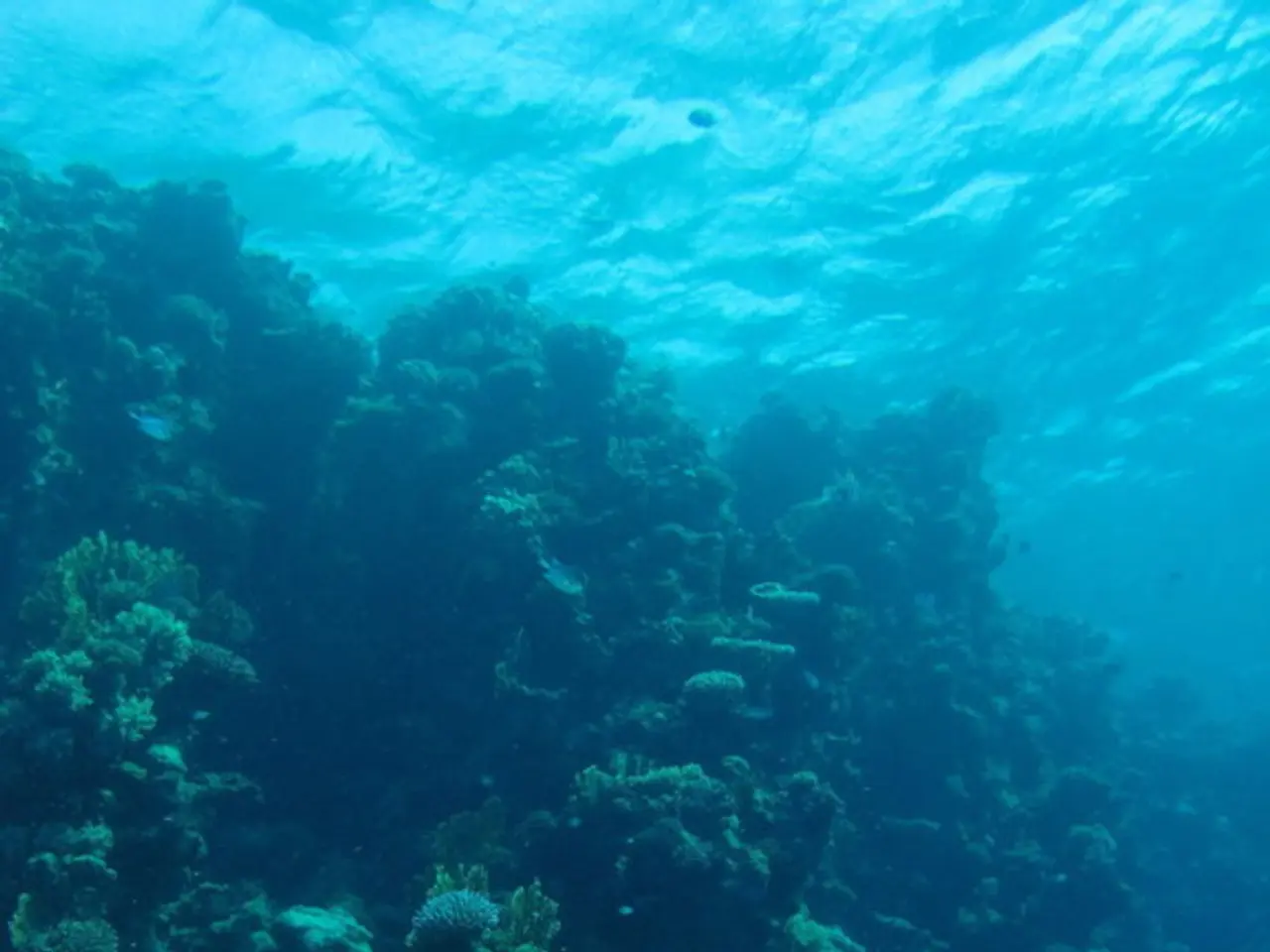California's Central Coast Battles Deadliest Leptospirosis Outbreak Ever
California's Central Coast is grappling with a severe leptospirosis outbreak among sea lions, with hundreds dying and concerns rising about the habitability of ocean environments. The outbreak, the largest and longest recorded in the region, has affected more than 400 marine mammals since June, leaving over two-thirds dead.
The outbreak, which began more than a month earlier than usual, has seen volunteer rescue crews responding daily to reports of sick and stranded marine life since April. Dr. Drew Harvell, an ecologist and evolutionary biologist, is studying the impact of marine conditions on disease occurrence. She notes that the leptospirosis outbreak is compounded by toxic algal blooms and changes in Pacific food availability. The combination of these factors has raised questions about the suitability of some ocean environments for marine animals.
The leptospira species affecting sea lions is also found in some terrestrial animals, but its natural reservoir remains unknown. The growing marine heat wave in the Pacific could further exacerbate the situation for marine animals.
With this year's outbreak proving deadlier than usual, affecting more than 400 marine animals and surpassing previous records, there is an urgent need for further research and conservation efforts. Dr. Harvell's work aims to expand knowledge about the connection between marine conditions and diseases, potentially shedding light on how to mitigate such crises in the future.






